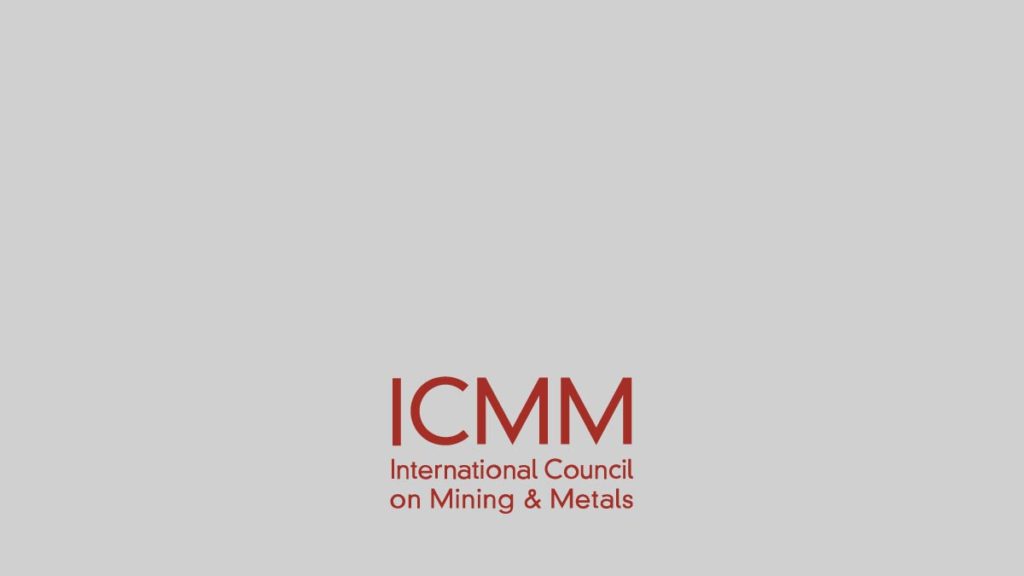
Tool 5 – Grievance Mechanism
A grievance mechanism enables community members or other stakeholders to register concerns, either real or perceived, with the aim of resolving challenges before they escalate. This helps demonstrate your genuine concern and support, promotes ‘buy-in’ and reinforces a respectful relationship based upon communication and trust.
STEP
1
Receive grievance – this must be entered into a complaints log or stakeholder engagement database
STEP
2
Assess the issue – assign the grievance to a relevant person in the company and classify it into a category such as environmental, cultural heritage, land disturbance, health and safety etc.
STEP
3
Respond – write to the complainant, acknowledge their grievance and provide information of future steps and timings for resolution
STEP
4
Investigate and resolve – discover underlying causes and develop actions to prevent similar incidents occurring in the future
STEP
5
Conclusion – the CR manager needs to follow the investigation procedure to help prevent the grievance from reoccurring. Once the disagreement has been resolved, the CR manager should make sure the complainant signs-off
STEP
6
Further action – if the complainant is not satisfied, the CRO and or/CR manager must initiate further investigation. The grievance may need to be passed on to a third party for mediation
STEP
7
Top Tips:
- ensure your grievance mechanism is available to all
- allow for different ways of making complaints which are suited to the local culture
- log and document complaints carefully
- define a clear process for resolving a grievance – update the complainant regularly
- involve communities and third parties in the design of the mechanism
- seek resolution through dialogue and joint problem solving with communities
- you may need to set up a forum to deepen trust and communication
- internally examine if the mechanism is working, report your results both internally and externally
Further Reading:
Community, Economics, Environment, Ethical Business, Management, Rehabilitation
Setting up an independent forum or process
An independent “social review” of Cerrejon coal mine's past and current social engagement provided insights into the resolution of a number of legacy issues, notably regarding concerns and grievances over the resettlement of the Tabaco community in 2000–2001.
Sources:
CAO, World Bank Group, A Guide to Designing and Implementing Grievance Mechanisms for Development Projects, Advisory Note, Washington DC, 2008. Available at: http://www.cao-ombudsman.org/howwework/advisor/documents/implemgrieveng.pdf
Centre for Social Responsibility in Mining, Mining Industry Perspectives on Handling Community Grievances: Summary and Analysis of Industry Interviews, University of Queensland, 2009. Available at: www.csrm.uq.edu.au/docs/Mining%20industry%20perspectives%20on%20handling%20com munity%20grievances.pdf
Harvard University, Corporate Social Responsibility Initiative, Rights-Compatible Grievance Mechanisms: A Guidance Tool for Companies and Their Stakeholders, 2008. Available at: www.reports-and-materials.org/Grievance-mechanisms-principles-Jan-2008.pdf
ICMM, Human Rights in the Mining and Metals Industry: Handling and Resolving Local Level Concerns and Grievances, Pilot Testing Version, 2009. Available at: http://www.icmm.com/website/publications/pdfs/social-and-economic-development/691.pdf
IFC, Addressing Grievances from Project-Affected Communities, Good Practice Note, Washington DC, September 2009. Available at: https://www.ifc.org/wps/wcm/connect/cbe7b18048855348ae6cfe6a6515bb18/IFC%2BGrievance%2BMechanisms.pdf?MOD=AJPERES&CACHEID=cbe7b18048855348ae6cfe6a6515bb18
United Nations Office of the High Commissioner for Human Rights, The Guiding Principles on Business and Human Rights: Implementing the United Nations “Protect, Respect and Remedy” Framework, Geneva, 2011. Available at: www.ohchr.org/Documents/Issues/Business/A-HRC-17-31_AEV.pdf
Zandvliet, L. and Anderson, M. B., Getting it Right: Making Corporate-Community Relations Work, Greenleaf Publishing, Sheffield, 2009, especially Chapter 9, pp. 131–134.

